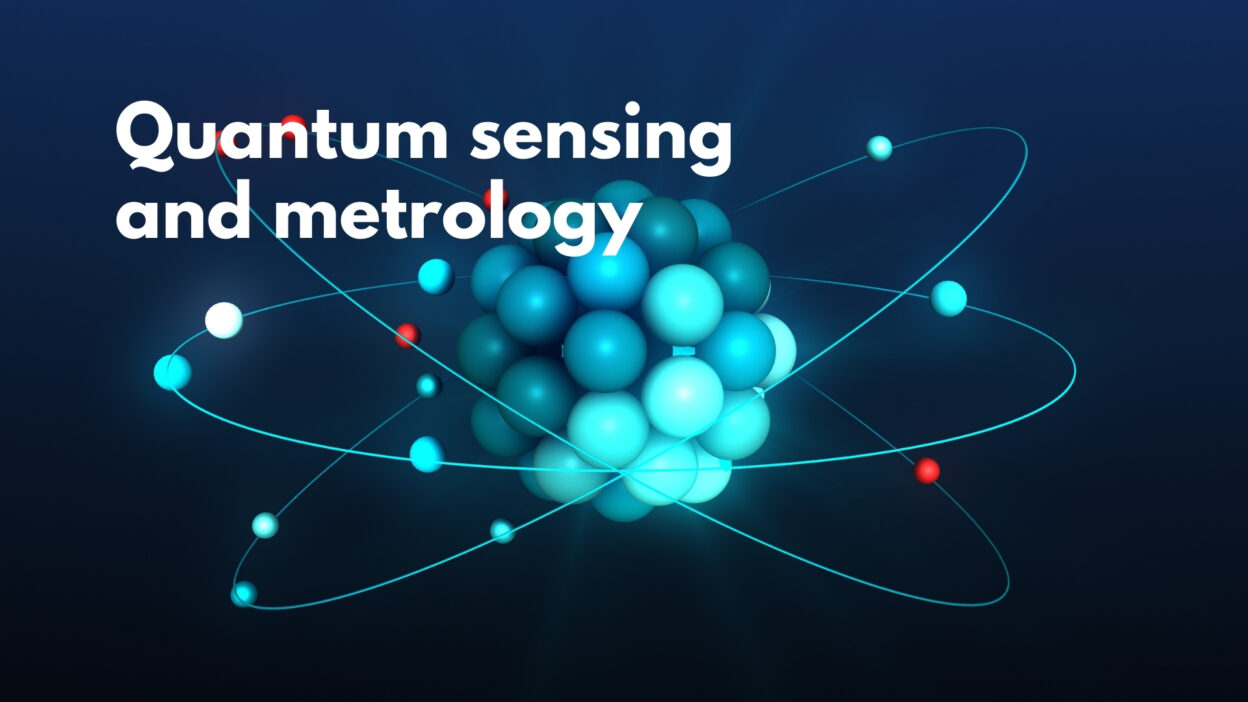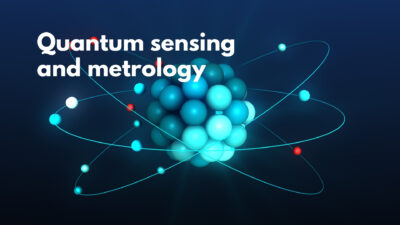**Quantum Standard/Protocol:** Chip-scale atomic clocks
**Organizations Involved:** NIST, military funding
**Current Status:** Implemented for seismic research and oil/gas exploration; Next generation being developed for more precise applications.
The article discusses the unexpected application of chip-scale atomic clocks in seismic research and oil/gas exploration. These clocks were initially developed with military funding to enable secure navigation without GPS, but have since been used to provide precise timing for underwater sensors detecting sound waves traveling through underground rock layers. By accurately measuring the time it takes for sound waves to reach sensors, energy companies can create 3D maps of underground geological structures.
These atomic clocks could potentially be used to detect other subterranean features like mineral deposits or water movement by taking advantage of their sensitivity to gravity. The next generation of these clocks is expected to deliver profound change in fields like geodesy (the study of Earth’s shape) and mineral exploration.
Key Technical Points:
– Atomic clocks are sensitive to gravity due to Einstein’s theory of relativity.
– Chip-scale atomic clocks can run weeks at a time without needing correction or recharging.
– Precise timing is necessary for capturing phase information from sound waves reflected off underground rock layers.
– Seismic research uses networks of synchronized sensors on the ocean floor that set off pulses and measure reflections.
Source: https://www.nist.gov/atomic-clocks/finding-oil-and-gas-and-more
Keywords: atomic, clocks, phase




